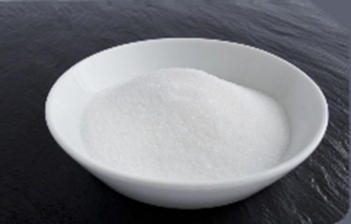Sodium Tripolyphosphate’s role and Mechanism of innovation in ceramic production
Driven by modern technology innovation, the ceramic industry has gradually moved towards a new stage of development. To solve the problem of poor hydration mud liquidity, Sodium Tripolyphosphate played a key role in ceramic production as a decomposition agent.
Classification of ceramic glue
The ceramic decomposition agent on the market is mainly divided into inorganic salts and polycatolecules. Inorganic salts include water glass, sodium carbonate, sodium tripolyphosphate, sodium polarized sodium phosphate, etc.; Polycatomycopic categories include sodium glory, sodium hydroxyl cellulose, and sodium libin sulfate. Among them, Sodium tripolyphosphate is a widely used and effective decomposition.
Sodium tripolyphosphat mechanism
The role of Sodium Tripolyphosphate is to improve the pillar potential of the particles of the decentralized system, so that the pulp particles maintain a relatively stable distance in the decentralized medium to ensure that no reunion and deposition has occurred, thereby maintaining the stability of the decentralized slurry. It is used as a multi-identity of a water reduction, a dispersant, a diluent, or a solution agent, and it is more important to highlight its importance in ceramic production.
The mechanism of ceramic glue
The solution mechanism of ceramic adhesives mainly includes cation replacement, spatial block resistance, and coexistence effect. Code replacement by changing the thickness of the two electrical layers of the rubber particles to increase the potential of the pupa; spatial block resistance effectively plays the effect of jets through damping and interval; Gravity, thereby relieving gum.
Future outlook and application prospects
With the continuous development of technology, the multiple identities of Sodium Tripolyphosphate will play an increasingly important role in ceramic production. Classes not only play a role in decentralized additives in ceramic mud, but also play a more prominent role in energy conservation, consumption reduction, new product development, and innovation of new processes.

